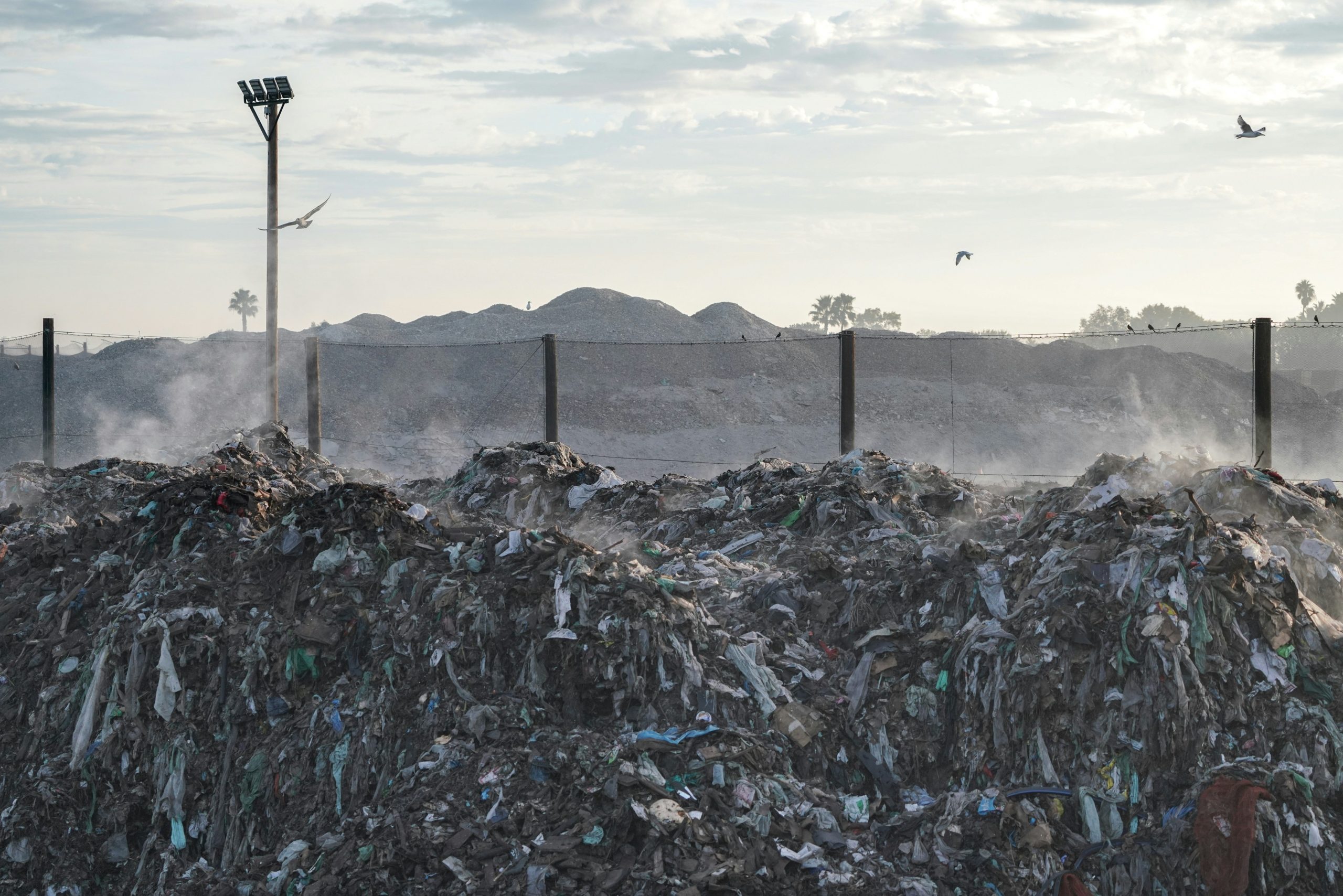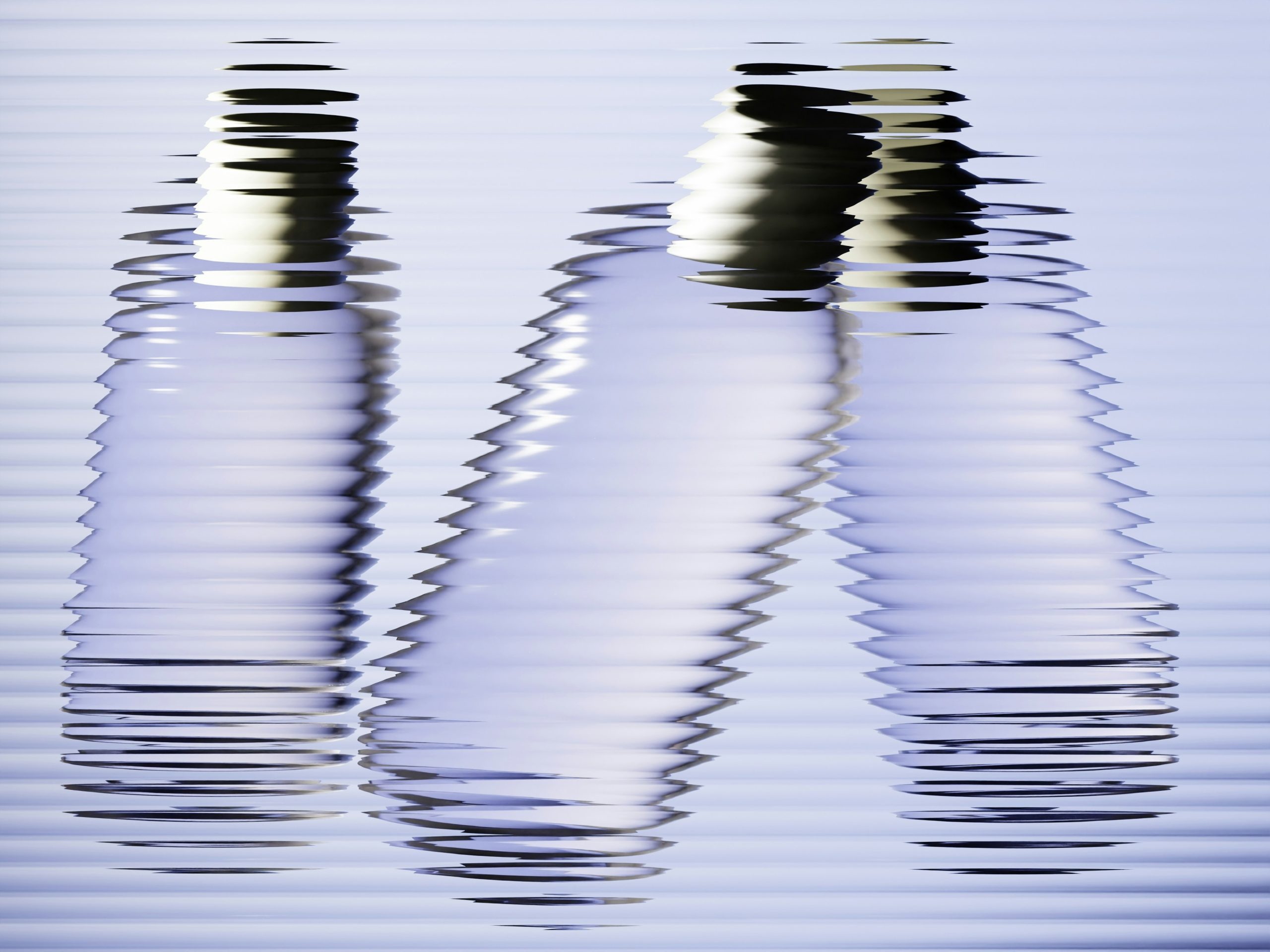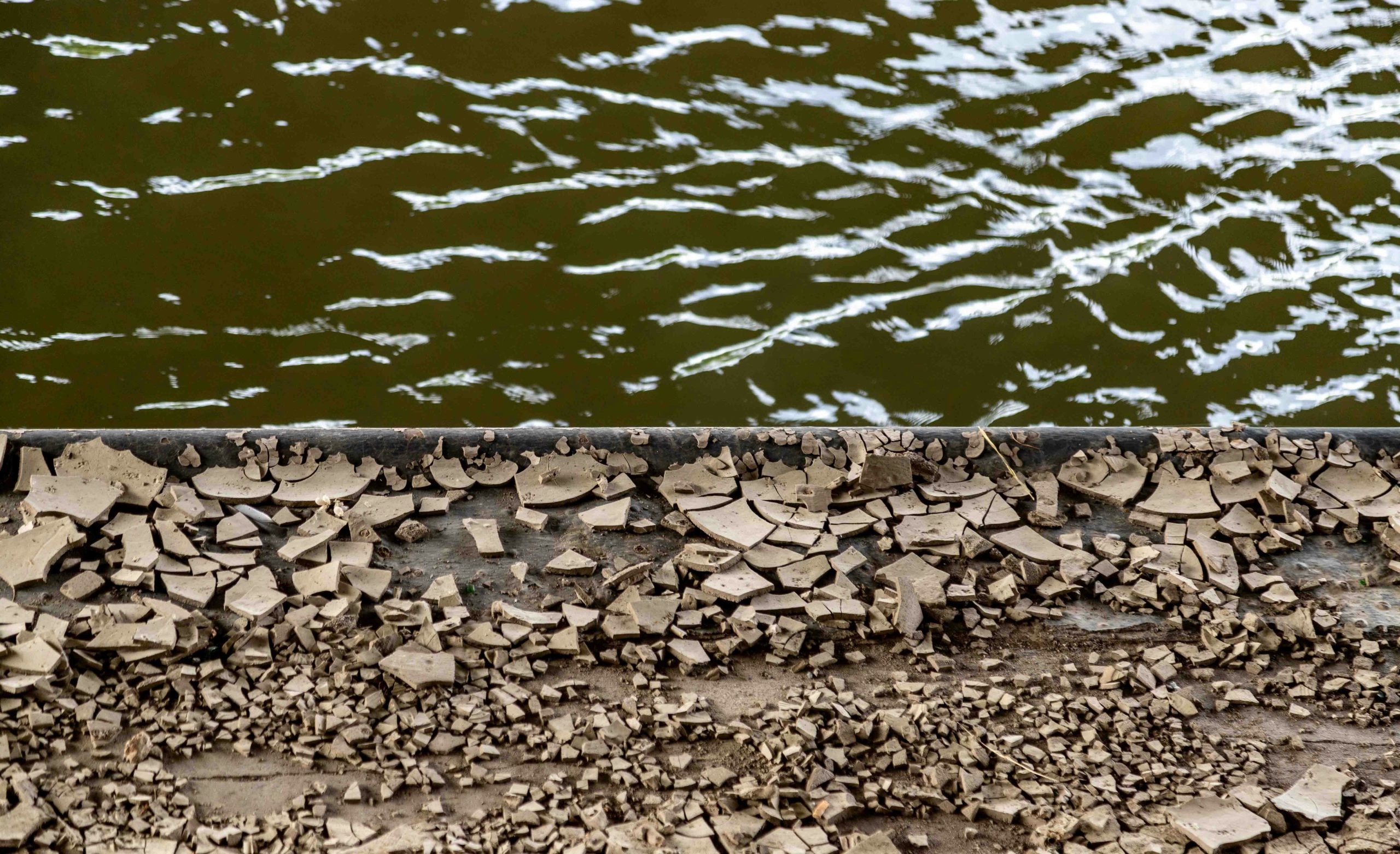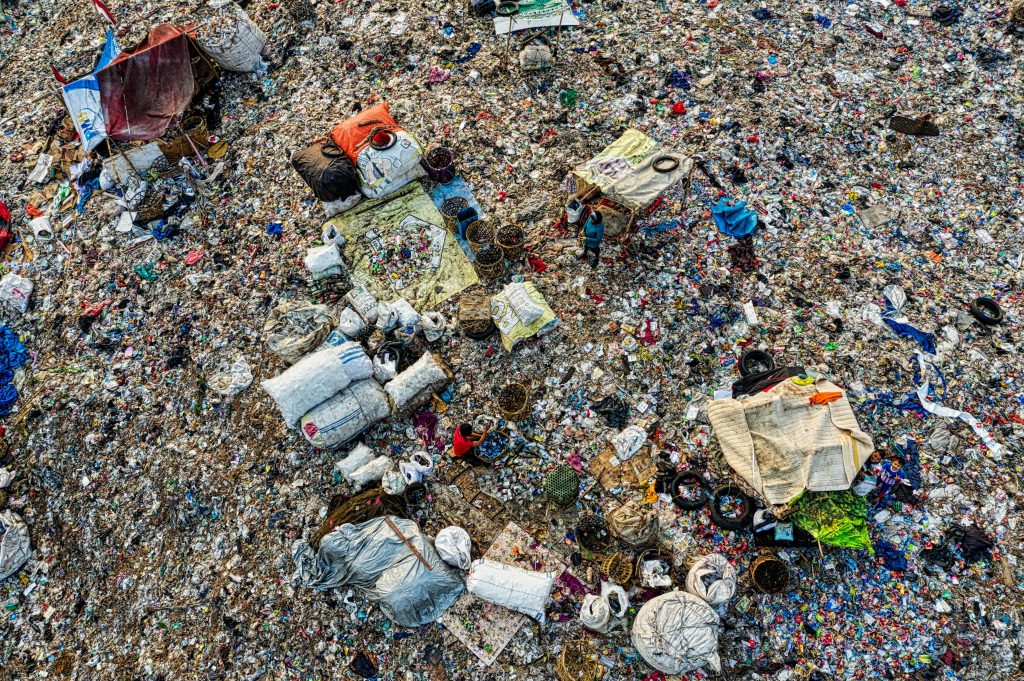Ever stared at your makeup drawer, wondering how much of it actually harms the planet? Yeah, we’ve all been there. Today’s beauty industry is riddled with microplastics, wasteful packaging, and questionable ingredients. But what if you could transform your routine into something that’s not only skin-friendly but also planet-approved? Let’s explore the “sustainable beauty before and after” transformation—one natural makeup product and technique at a time.
In this post, you’ll learn how to transition to sustainable beauty practices, discover step-by-step techniques for nailing natural makeup looks, and uncover tips to avoid common pitfalls (like buying “eco-friendly” products that aren’t). Let’s get into it!
Table of Contents
- Why Sustainable Beauty Matters
- Step-by-Step Guide to Natural Makeup
- Best Practices for Sustainable Beauty
- Before and After Makeovers with Sustainable Products
- FAQs About Sustainable Beauty
Key Takeaways
- Sustainable beauty reduces environmental impact while enhancing your natural features.
- Natural makeup focuses on minimalism, quality ingredients, and ethical sourcing.
- Transitioning to sustainability isn’t about perfection—it’s about progress.
Why Sustainable Beauty Matters
I once bought an “eco-friendly” foundation because the packaging said so. Turns out, it had palm oil sourced from deforestation-heavy regions. Oof. Lesson learned: marketing can be deceeeiving.
Sustainable beauty isn’t just a buzzword—it’s a necessity. Did you know that over 120 billion units of cosmetic packaging end up in landfills annually? And those glittery eyeshadows? Often packed with microplastics that harm marine life. Yikes.

Figure 1: A snapshot of the environmental impact of traditional cosmetics.
The shift to natural makeup is more than aesthetic—it’s ethical. By choosing cruelty-free, biodegradable, and responsibly sourced products, you help reduce waste and promote eco-conscious practices.
Step-by-Step Guide to Natural Makeup
“Optimist You:* ‘This will be easy!’ Grumpy You: ‘Ugh, fine—but I hope there’s wine involved.'”
Step 1: Start With Clean Skin
No amount of makeup can look good without proper skincare prep. Use gentle cleansers made from plant-based ingredients like chamomile or calendula. Bonus points if they come in recyclable bottles!
Step 2: Choose Multipurpose Products
A tinted moisturizer with SPF doubles as your base and sun protection—perfect for reducing clutter. Look for brands like RMS Beauty or Ilia, which prioritize clean ingredients.
Step 3: Define Features Naturally
Swap harsh liners for soft brow pencils and cream blushes in earthy tones. Opt for bamboo or paper-packaged options where possible.
Best Practices for Sustainable Beauty
- DIY When Possible: Create lip scrubs using sugar and coconut oil instead of buying pre-made ones.
- Buy Less, Use More: Invest in versatile items rather than single-use products (ahem, glitter mascara).
- Avoid Fast Fashion Analogies in Beauty: Don’t fall for trendy launches unless they align with your values.
- Dispose Responsibly: Check if your empties qualify for recycling programs by brands like Lush.

Figure 2: Tips for properly disposing of empty cosmetics containers via recycling initiatives.
Rant Alert:
Can we talk about “greenwashing”? Some companies slap terms like “natural” or “clean” on labels without backing them up. Do your homework—always check ingredient lists and certifications. Sustainability shouldn’t be performative; it should be authentic.
Before and After Makeovers with Sustainable Products
Case Study #1: Sarah, a busy mom in her 30s, switched to ILIA Super Serum Skin Tint SPF 40. Her skin looked radiant without heavy coverage, and she loved supporting a brand committed to zero-waste goals.
Case Study #2: Emma reduced her daily routine to four products: a reusable makeup remover pad, a multi-stick, mascara, and lip balm—all packaged sustainably. The result? Less clutter, fewer breakouts, and glowing confidence.

Figure 3: Examples of sustainable beauty makeovers highlighting minimal yet effective results.
FAQs About Sustainable Beauty
Is natural makeup suitable for acne-prone skin?
Yes, many natural makeup lines avoid harsh additives that irritate sensitive or acne-prone skin.
How do I find genuinely eco-friendly brands?
Look for certifications like Leaping Bunny (cruelty-free) or B Corp status. Always read reviews critically.
Isn’t sustainable beauty expensive?
Not always! While some items may cost more upfront, investing in quality pieces often saves money long-term since you’ll buy less frequently.
Conclusion
Switching to sustainable beauty might seem daunting, but small changes lead to big impacts. From cleaner routines to reducing plastic waste, embracing natural makeup empowers both you and the planet. Remember: progress over perfection.
Stay fierce, stay green—and channel your inner Tamagotchi vibes when caring for Mother Earth. 🌱✨


